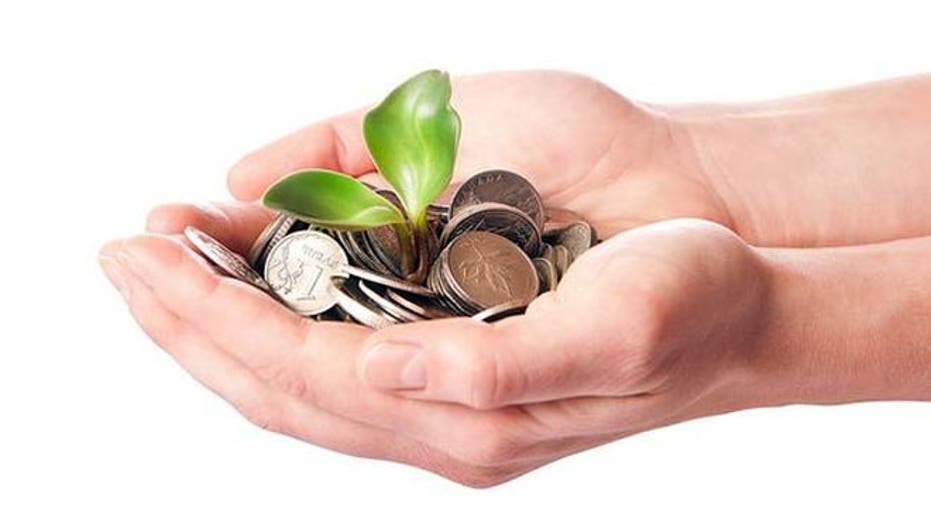Planning to Splurge With Your Tax Refund? Not So Fast!

If you get a large tax refund this year -- or any sort of large windfall, for that matter -- it's natural to be tempted to run out and spend it. However, you may be surprised at how much a big purchase really costs you. Because of the economic concept of opportunity cost, you could end up paying much more than what the price tag says.
Before you decide that a new TV or a shopping spree at the mall is the best way to use your tax refund, you need to know what you'll be missing out on.
Opportunity cost and what it means to youBasically, opportunity cost refers to something you miss out on as a result of doing something else. For example, the "opportunity cost" of going to college is the money you could have made by working during those four years instead. However, we generally consider college to be worth the opportunity cost, because your earning power can increase dramatically once you graduate.
Similarly, by choosing to buy things with our money instead of investing it, we lose the potential for long-term investment gains. And that's the kind of opportunity cost I'd like to talk about here.
A quick example
Let's say your TV is eight years old and on its way out, and you plan to replace it when your tax refund arrives. To replace it, you're considering two possibilities. The first is an upgrade to a brand-new, state-of-the-art 4K Smart TV that costs $3,000. The second is a perfectly good LCD TV for $800. So the immediate difference between the costs of the two TVs is $2,200.
However, the real difference is much bigger, though much less obvious. If you invest that extra $2,200 and earn 7% annual returns -- less than the stock market's long-term average -- it could grow to more than $4,300 after 10 years. After 20 years, it could be worth about $8,500, and after 30 years, you could have $16,750. Imagine if you could have a nicer TV now or an extra $16,750 later. All of a sudden, having the best TV on your block wouldn't seem like such a good use of your money, would it?
The same logic applies to many other purchases you make, both big and small. Maybe you don't need $10,000 worth of options on your next car, or a house with three spare bedrooms. And maybe you could live with your current cellphone for another year or two instead of buying the latest model.
Think twice
Now, I'm not saying you should never treat yourself. Far from it. In fact, having some material goals can be a good motivator for developing responsible saving and investing habits.
All I'm saying is that if you think about the real cost of the things you buy, then you might think twice before you splurge. Ask yourself, "Is this purchase worth several times its price to me?" If the answer is yes, go ahead and buy it -- just realize what you're really paying.
The article Planning to Splurge With Your Tax Refund? Not So Fast! originally appeared on Fool.com.
Try any of our Foolish newsletter services free for 30 days. We Fools may not all hold the same opinions, but we all believe that considering a diverse range of insights makes us better investors. The Motley Fool has a disclosure policy.
Copyright 1995 - 2015 The Motley Fool, LLC. All rights reserved. The Motley Fool has a disclosure policy.